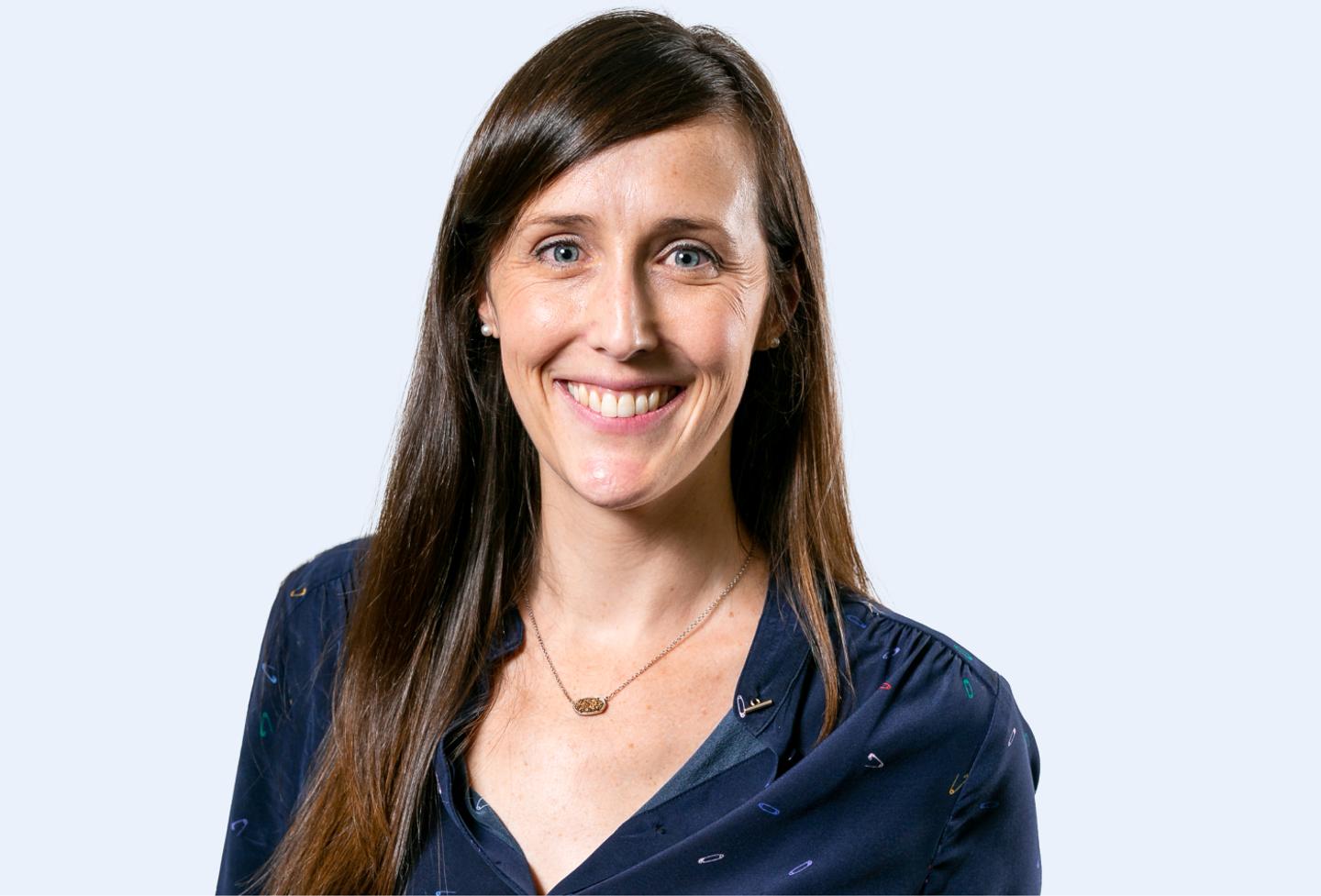Is your property management SaaS holding your business back?
Liz Pollock
14 April 2025
On paper, your property management software ticks the boxes. It’s cloud-based. It automates a few tasks. It probably calls itself a “SaaS platform.”
But if your overhead is growing faster than your revenue — or you’re still dealing with compliance headaches, cash flow delays, and team burnout — it’s not doing what your business needs.
Too many SaaS platforms look modern on the surface, but under the hood they still rely on outdated systems and workflows.
They promise scale, but introduce complexity. They offer automation, but still leave your team managing workarounds. And instead of freeing up your time and resources, they make it harder to run a truly efficient, profitable business.
So how do you know if your current software is holding you back? And what should you expect from a platform that’s actually built for modern property management?
Let’s take a closer look.
What is property management SaaS and why does it matter?
Property management SaaS (Software as a Service) is cloud-based software that runs your day-to-day operations — from rent collection and inspections to owner communication, trust accounting, and compliance — all in one system, accessible from anywhere.
But not all SaaS is created equal.
True SaaS platforms go beyond replacing your desktop software.
They give you a way to reduce overhead, streamline your workflows, and scale your agency without hiring more staff or adding complexity.
They’re continuously updated, secure by design, and built to flex with your business as it grows — not slow it down.
For Australian agencies, this matters more than ever. With rising compliance obligations, leaner teams, and investor expectations at an all-time high, business owners need technology that helps them stay competitive — without increasing admin, stress, or risk.
That’s why the shift from legacy systems to purpose-built SaaS platforms isn’t just about keeping up with technology.
It’s a business decision — one that affects your margins, retention, and long-term growth.
What features should a property management SaaS have?
To support a growing, modern real estate business, your SaaS platform needs more than cloud hosting or basic automation.
It should help you streamline every part of your operation — from payments and compliance to customer communication.
Payments and accounting
Rent collection, bill payments, owner disbursements, and trust accounting shouldn’t require end-of-month crunches or specialist staff.
A modern SaaS platform should automate these financial processes — with real-time visibility, automatic reconciliation, and audit-ready reporting built in.
Look for a system that handles trust and non-trust transactions in one place, gives investors flexible payment options, and eliminates the need for batch creditor runs or manual payment workarounds.
Workflows and tasks
Your team shouldn’t need notebooks, sticky notes, or Slack messages to keep track of what’s next.
The right SaaS platform turns every task — from lease renewals to repairs — into a structured, transparent workflow with clear next steps, ownership, and due dates.
This reduces the mental load on your property managers and gives you confidence that nothing is slipping through the cracks — even when someone’s off sick or on leave.
Renter and lease management
From application to vacate, your platform should support the full renter lifecycle in one system.
That includes processing applications, managing bonds, tracking lease details, coordinating inspections, and closing out tenancies with minimal friction.
Look for tools that make it easier to provide a great renter experience — like in-app payment options, chat support, and easy access to lease documents — while still maintaining visibility and control across your rent roll.
Customers and communication
Property management is a relationship business — and communication is often where things fall apart.
Your SaaS platform should centralise conversations with renters, investors, and trades in one place, so your team can respond faster and keep everyone informed.
Integrated chat and email, shared team inboxes, and templated responses can dramatically reduce email volume, improve response times, and help your team focus on higher-value work.
Compliance
With evolving legislation and state-by-state requirements, compliance is non-negotiable — but it shouldn’t be a constant source of stress.
The right SaaS platform will automate key compliance tasks like inspection scheduling, entry notices, and certification tracking.
It should also make it easy to document and share evidence, prepare for audits, and keep a clear digital record of your compliance activity.
How to evaluate property management SaaS platforms
Understanding your agency's specific needs
Before evaluating platforms, assess your current operations honestly.
How many properties do you manage? What's your growth trajectory? Where do you spend most of your time, and where do you want to spend less?
Consider your team structure and workflow preferences. A platform that works brilliantly for a solo operator might not scale effectively for a team of ten property managers.
Key evaluation criteria
Pricing
Look for a pricing model that scales sensibly with your business.
Most platforms — including Ailo — charge per property, which means your costs grow in line with your rent roll.
What matters most is the value you’re getting in return: fewer overheads, better retention, and a platform that helps your team do more with less.
Customer support and ongoing training
Ease of use matters more than you might think.
The most feature-rich platform won't help if your team struggles to adopt it or if simple tasks become complicated processes.
The right partner doesn’t just help you get set up, though — they stay with you as your business evolves.
Look for a provider that understands the Australian market and offers not just onboarding help, but ongoing training and support tailored to your goals.
That includes regular sessions on how to get the most from your SaaS platform as it evolves, plus coaching on best practice — from growing your rent roll to improving investor retention and customer experience.
Ailo goes a step further with exclusive events and workshops designed for agency leaders.
At ailo.io/events, you’ll find in-person and virtual sessions that connect you with other business owners, share what’s working in the industry, and help you stay ahead — not just with technology, but with strategy.
Great SaaS is more than software — it’s a partnership.
Questions to ask potential SaaS partners
Before you commit, ask the questions that reveal how a provider really operates.
How long will implementation take — days, weeks, or months? What support is included? Will you need to pause your business during the transition?
Also clarify where your data sits, and how easily you can access it.
Make sure you retain full ownership and can export your data in standard formats if your needs change down the track.
A good partner won’t make you feel locked in — they’ll earn your trust by making it easy to leave (even if you never do).
Maximising ROI from your property management SaaS investment
Automation opportunities that drive efficiency
The most successful businesses use their SaaS platform to automate routine tasks that previously consumed significant time.
Rent collection reminders, maintenance scheduling, and routine reporting can all run automatically once properly configured.
Many property managers have found that building proactive maintenance schedules—supported by reliable contractors and detailed maintenance histories—can help reduce costs, prevent emergencies, and reassure property investors that their investment is in safe hands through tools like Ailo Projects.
Using data to improve service delivery
Your SaaS platform generates valuable data about your operations that can inform better decision-making. Response times, maintenance costs, and vacancy periods, all provide insights into areas for improvement.
Catherine Wells from Ray White Batemans Bay discovered significant efficiency gains: "We're finding that we're cutting off two hours a day doing arrears chasing which has increased productivity massively."
This kind of measurable improvement demonstrates the tangible value of well-implemented SaaS solutions.
Building stronger client relationships through technology
Technology should make your service more human, not less.
The time you save on administrative tasks can be redirected toward relationship building, proactive communication, and strategic advice that property owners truly value.
Faster response times, more accurate reporting, and proactive issue resolution all contribute to stronger client relationships and improved retention rates.
Frequently Asked Questions
How do I know if it’s time to switch property management SaaS providers?
If your current system is slowing your team down, creating compliance risk, or making it hard to grow without adding headcount — it’s probably time.
Look for signs like constant workarounds, low adoption, slow payments, or clunky communication with renters and investors.
Your software should be helping your business move forward, not holding it back.
What’s the ROI of upgrading to modern property management SaaS?
The right SaaS platform should deliver measurable returns — from time saved on admin and accounting, to reduced arrears, better investor retention, and higher team productivity.
Many agencies find they can grow their rent roll without increasing overhead, or even reduce headcount through smarter workflows and automation.
How long does it take to migrate from a legacy n existing property management system to a new one?
For the Ailo platform, migration timelines typically range from 2-6 weeks depending on your portfolio size and data complexity.
Ailo offers hands-on support to manage data transfers, document imports, and team training.
Will my team need extensive training to use property management SaaS effectively?
Modern SaaS platforms are designed for intuitive— your team shouldn’t need weeks of training to get started.
Most property managers become comfortable with daily workflows within a few days especially when training is tailored to how your agency actually works.
Focus on real-life processes, not every button and feature. The goal isn’t just adoption — it’s confidence and consistency, so your team can do their best work faster.
What happens to my data if I decide to switch SaaS platforms in the future?
Reputable vendors provide data export capabilities in standard formats, ensuring you maintain ownership of your information.
Before choosing a platform, confirm their data export policies and formats to protect your business interests long-term.

